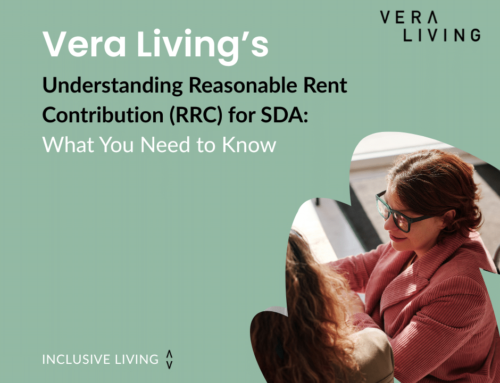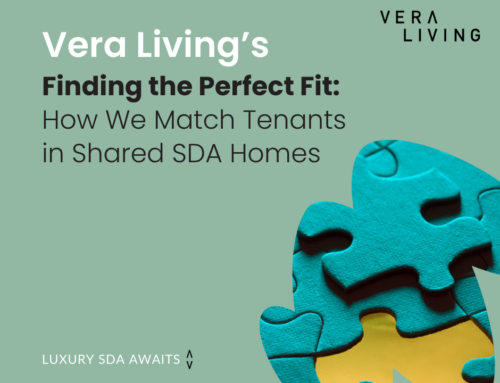Assistive Technology brings immense benefits to residents in any SDA property, not only through its promise of increasing each resident’s independence, but also in its ability to assist in the delivery of in-home services more effectively. Automated doors, automated blinds, touch/voice activated appliances, dynamic lighting and high speed internet are among the many applications of technology which can be implemented in a build. The key is in selecting which specific features will benefit the participant who will be moving in: nuances which can be narrowed down through co-design and engagement with the participants looking to move into the property.
There are a lot of parties involved when it comes to delivering a fantastic SDA property, so it can get confusing when understanding who is responsible for delivering each part of the process. We have outlined the primary parties below, and listed some of the primary responsibilities of each member, from an “industry best” perspective.
SDA Provider
The SDA Provider is responsible for the delivery of a high quality property for an eligible participant to call their home. This process is complex and involves numerous design and construction elements. An SDA property will be built and enrolled to a specific design standard, outlined in the SDA Design Standard documentation. It is the role of the SDA Provider to ensure that all built form requirements are at or above the benchmark set by these guidelines. A primary part of these requirements, particularly at the higher end of specification (Fully Accessible, Robust and High Physical Support), is assistive technology.
Whilst there are multiple mentions of assistive technology in the design standard, there is a lot of room for interpretation and varying quality. For example, the standard asks for “power and control cabling” to be provided to bedroom doors, the entry door and an external door. Whilst this allows for future automation, we are seeing at least the entry door being automated in full, prior to participants moving in as “industry best” practice. This ensures that the automation is purpose built for the new tenants and the participants don’t have to wait for additional funding to be able to open their own front door. The same goes for automated blinds, to maximise privacy from day one.
SIL Provider
The SIL Provider is the driving force behind ensuring there is sufficient Assistive Technology budget in each participant’s plan prior to the move-in date, to ensure everything necessary which was not provided in the base build gets installed as soon as possible. This will involve working with each participant’s Support Coordinator and Occupational Therapist to get the right ratio of funding for a shared living situation (as each individual may require different levels of assistive technology).
The SIL Provider is also the group closest to the daily care needs of each participant, meaning that they should also be considering and communicating best practice “non-technological” aspects of the property (such as furnishings and layout of common living areas).
Participant
The participant moving into the SDA property should liaise closely with their care provider to ensure that all their needs have been considered. An SDA property is ‘specialist’ because it is intended to cater for the specific needs of each participant, so frequent communication with a participant’s wider support network will ensure that no stone is left unturned when it comes to their new home.







